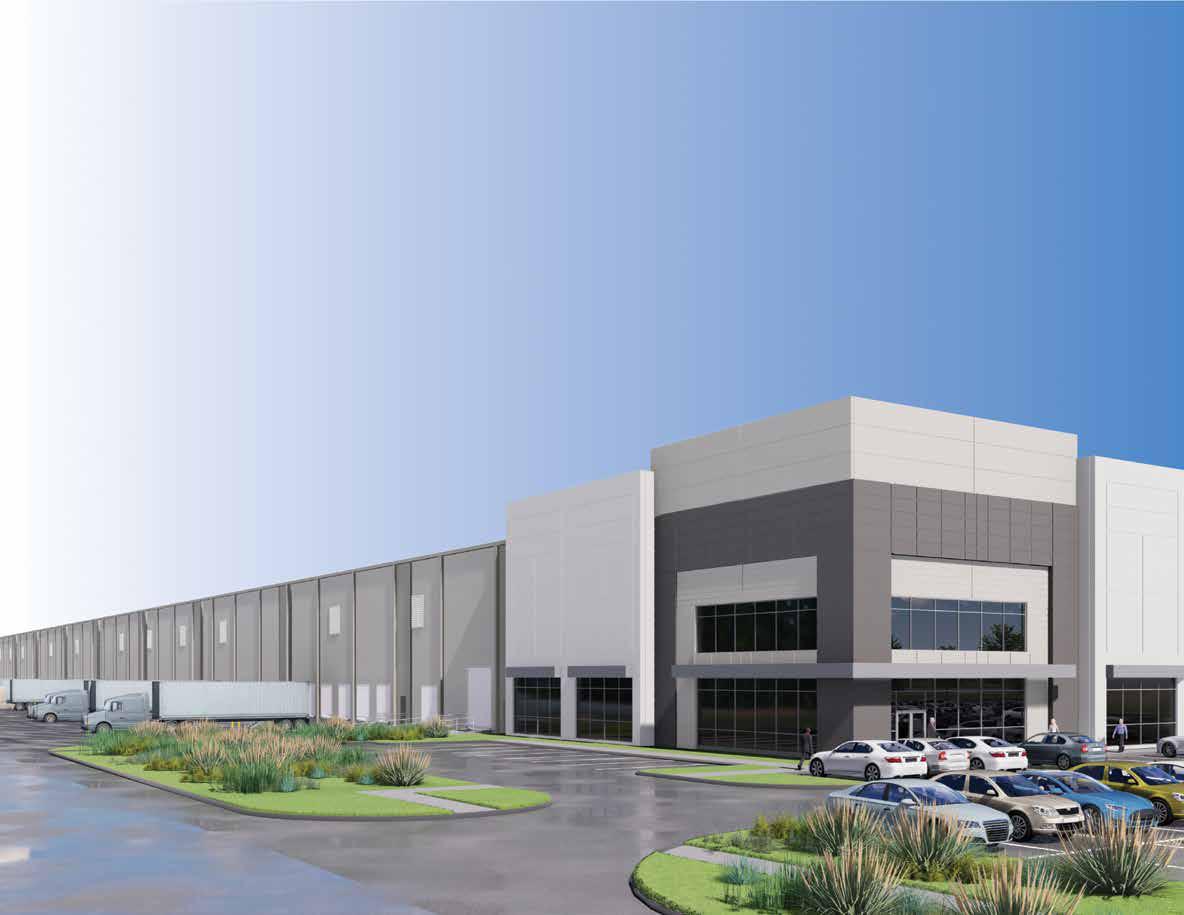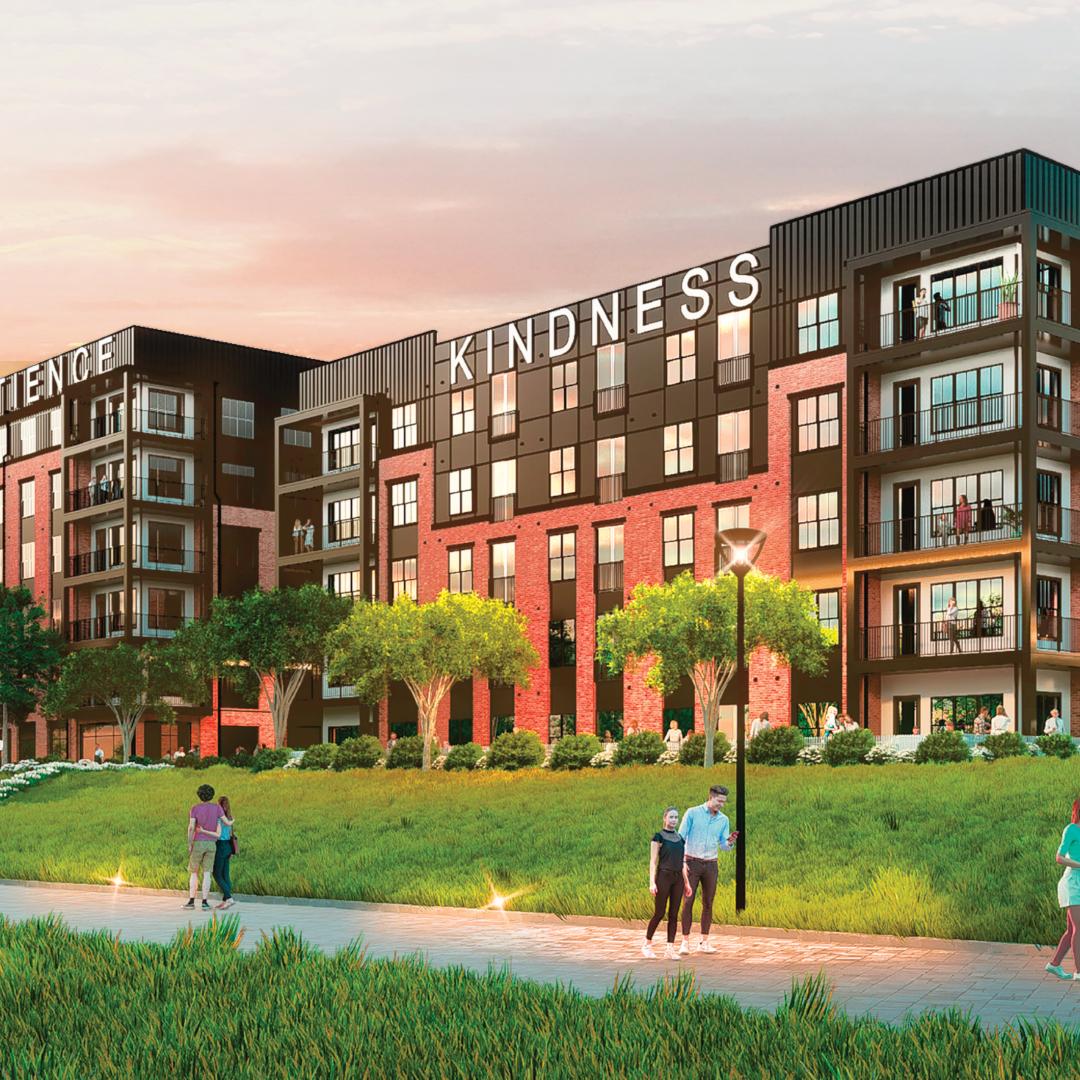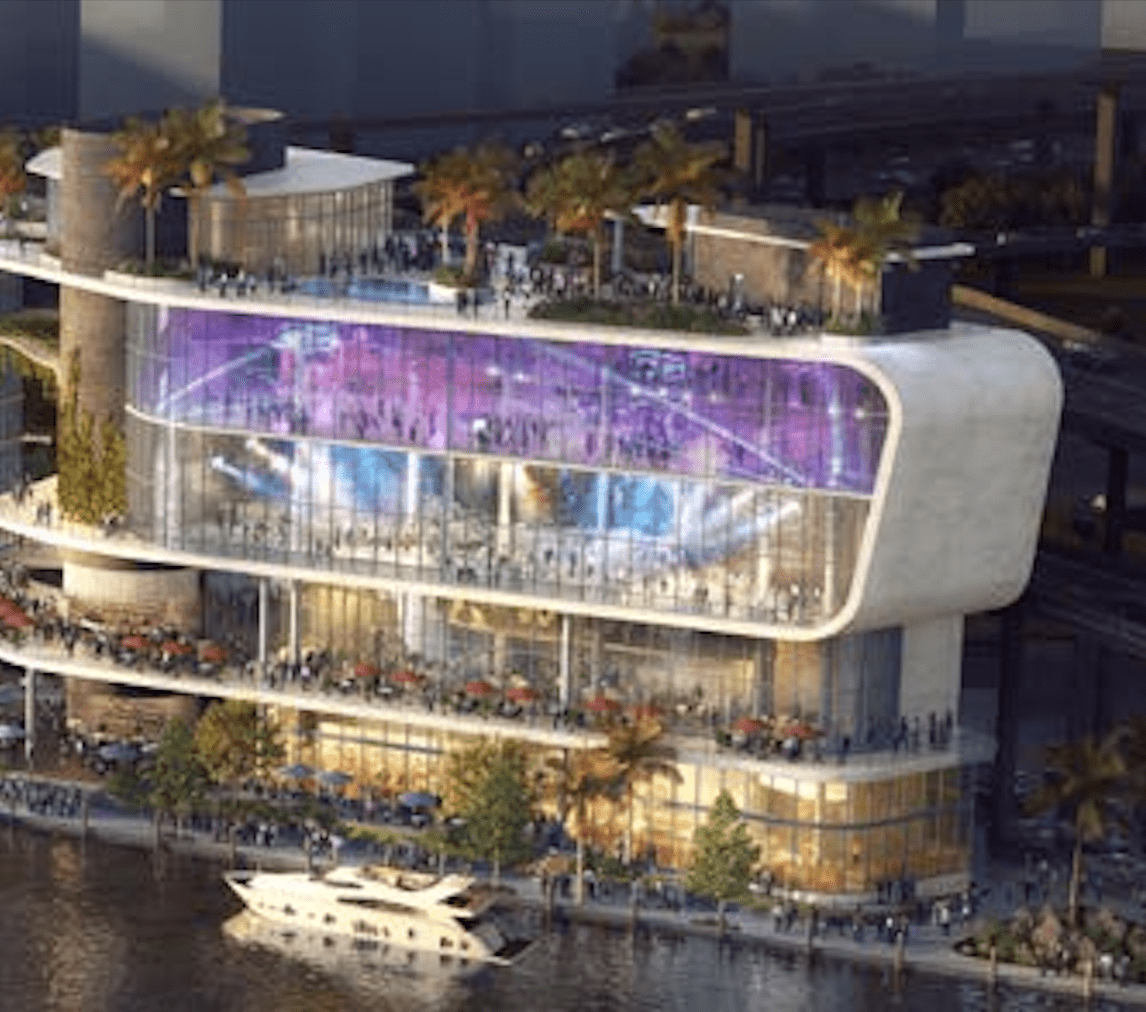Benefits of participating in the EB-5 program through Regional Centers

Passive investment
All work on the preparation of project documentation and coordination of the implementation of USCIS requirements is undertaken by the RC.

Participation in larger projects
The RC creates a pool of investors to invest in the project, while the share of EB-5 investments usually does not exceed 20-30% of the total financing of the project.

Indirect jobs
In the calculation of created jobs, direct, indirect, and induced jobs can be considered.
How do the Regional Centers work?
Project selection
The RC selects a project that is most likely to create jobs and provide a full refund of investment.
EB-5 Capital
The RC agrees in advance with the developer/owner of the project on the conditions for using the EB-5 funds: terms, interest rate, and format of participation.
Preparing documentation for the I-526 petition
The RC, on its own or with the involvement of specialists, prepares the project documentation, business plan, subscription agreement, and other documents that are necessary to include EB-5 investments in the project, as well as documents for the investor’s petition.
Search for investors
The RC, either independently or through foreign partners, looks for investors who are interested in obtaining a Green Card and offers them the opportunity to invest in the project.
Project implementation control
The RC monitors the fulfillment of the conditions by the developer: expenses, the construction process, and the collection of documents confirming the creation of jobs.
Preparing documentation for the I-829 petition
Upon the expiration of the conditional Green Card, the investor needs to prove that the project has created 10 jobs. For this, the RC prepares a package of documents for the investor’s petition, which includes the developer’s data.
Protection of interests
If the developer fails to fulfill its obligations, the Regional Center protects the interests of EB-5 investors in all possible ways, including litigation.
Where can I find information about Regional Centers?
United States Citizenship and Immigration Services (USCIS)
The USCIS website has a list of licensed Regional Centers for each state. Also on the site, you can see all RCs whose licenses have been revoked.
In open sources
Sites, associations, exhibitions, and agencies working with investment immigration.
Second Wind
Our clients get access to non-public data about Regional Centers with proven track records.
Is the EB-5 program right for you?
What are the Program’s requirements?
What are the immigration & investment process steps?
What is an EB-5 project and how to choose one?
What are the risk factors, and how to mitigate them?
What are the next steps if I am interested in moving forward?
Get a Free 30-Minute Consultation with Second Wind, the only member of IIUSA in Europe – an association of EB-5 experts based in the USA
Set up a consultation
Regional Centers’ projects
FAQ
There are no ratings for Regional Centers. Information about statistics can be requested directly from the RC or through their agents. We provide our clients with a choice of all projects from Regional Centers with track records of refunded investment.
Since March 2022, the requirements for owners of Regional Centers have become much tougher: only a green card holder or a US citizen who has not been convicted and has enough experience to implement the entire construction cycle can open a Regional Center.
In most cases, these are private commercial organizations.
No, the EB-5 program is a risky investment. The investor assumes the risks associated with the partial or complete loss of capital, as well as the risk of the project’s inability to create jobs. That is why it is important to carefully approach the choice of the Regional Center and the project. Note that the risks of the investor do not mean that the Regional Center may not return the funds at its discretion; if the terms of the agreement have been violated, then the inverter has the full right to sue the RC.





